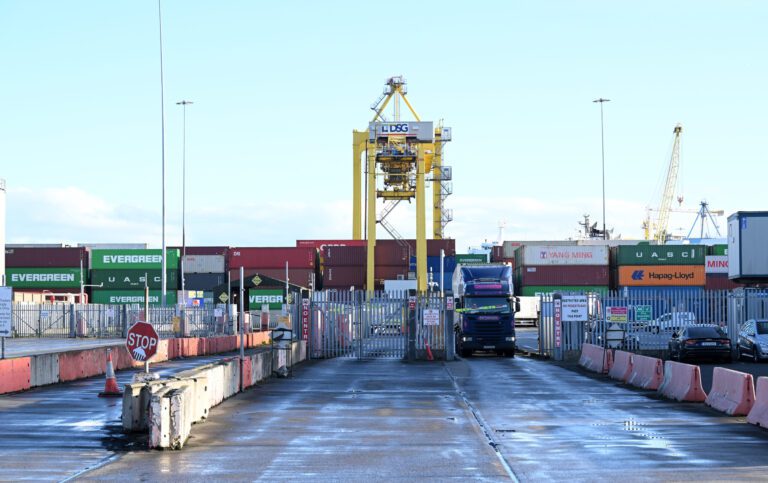Ireland’s Surging Trade Imbalance with the U.S. Driven by Hormone Ingredient Demand
Ireland is currently facing an astonishing trade imbalance with the United States, surpassing all nations except China. This disparity has arisen largely due to the skyrocketing demand for hormone ingredients essential for GLP-1 weight loss medications.
Unpacking the Trade Imbalance
- Current Estimates: An estimated $36 billion worth of peptide- and protein-based hormones, which are critical for weight management and diabetes drugs such as Zepbound and Mounjaro, has originated from Ireland and been exported to America.
- Volume of Shipments: These shipments totaled about 23,400 pounds, constituting nearly half of the $71 billion in goods imported into the U.S. over the first four months of 2025.
- Key Destination: Almost all of these pharmaceutical ingredients were routed to Indiana, home to Eli Lilly, the producer of the widely used diabetes and weight loss drugs.
Ireland as a Pharmaceutical Powerhouse
Ireland has positioned itself as a crucial manufacturing center for American pharmaceutical firms. More than a dozen companies have benefitted from its favorable business environment and appealing tax structure.
- Employment Impact: The pharmaceutical sector employs roughly 2% of Ireland’s workforce.
Political Tensions and Tariffs
Former President Donald Trump has criticized Ireland’s dominance in pharmaceutical production and advocated for a return of manufacturing to the U.S.
- Ongoing Investigations: In April, the Trump administration initiated a Section 232 investigation regarding the impact of pharmaceutical imports on national security. This investigation, part of the Trade Expansion Act of 1962, is expected to take over 270 days to conclude.
Trump’s comments emphasize concern over the imbalance:
“This beautiful island of five million people has got the entire United States pharmaceutical industry in its grips.”
He has hinted at imposing major tariffs on imported pharmaceuticals, saying significant changes will be forthcoming shortly. He believes this will bring a substantial portion of production back to the U.S.
The Rising Demand for GLP-1 Drugs
As drug companies like Eli Lilly ramp up production, demand remains unrelenting. Projections indicate that Eli Lilly’s sales for Mounjaro and Zepbound may double to nearly $30 billion.
Factors Driving Demand
- Appetite Regulation: The peptide- and protein-based hormones used in GLP-1 medications help regulate appetite and metabolism, effectively mimicking intestinal hormones that induce a feeling of fullness.
- Drug Shortages: The immense demand for GLP-1s led to a shortage in 2022, prompting the FDA to place semaglutides (Ozempic and Wegovy) and tirzepatides (Mounjaro and Zepbound) on its drug shortage list.
Alternative Solutions
Compounding pharmacies stepped in to provide alternative solutions at more affordable prices. However, the FDA recently removed tirzepatides and semaglutides from its shortage list, leading to increased costs for patients accustomed to lower prices.
Regulatory Scrutiny and Currency Manipulation Accusations
Earlier this month, Ireland was placed on the U.S. Treasury Department’s monitoring list for suspected currency manipulation due to its escalating trade imbalance. This scrutiny could affect international relations and economic strategies moving forward.
Conclusion
The growing trade imbalance between Ireland and the United States has spotlighted the complexities of global pharmaceutical manufacturing and the interactions of trade policy and healthcare needs. As the demand for GLP-1s continues to rise, both countries will need to navigate the implications of tariffs, trade policies, and evolving market dynamics carefully.
For further updates, stay informed about the pharmaceutical industry and trade relations through reputable platforms.


